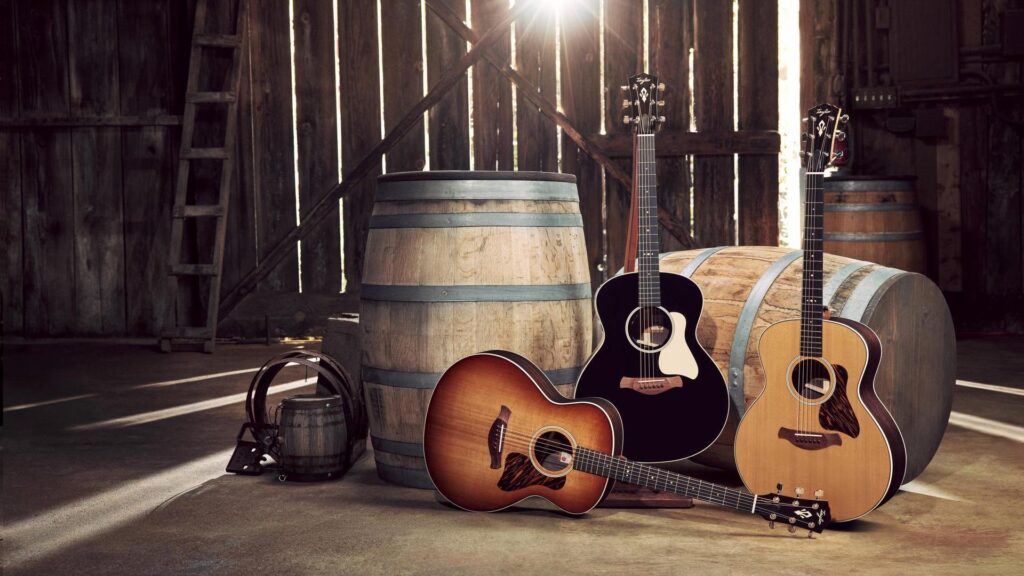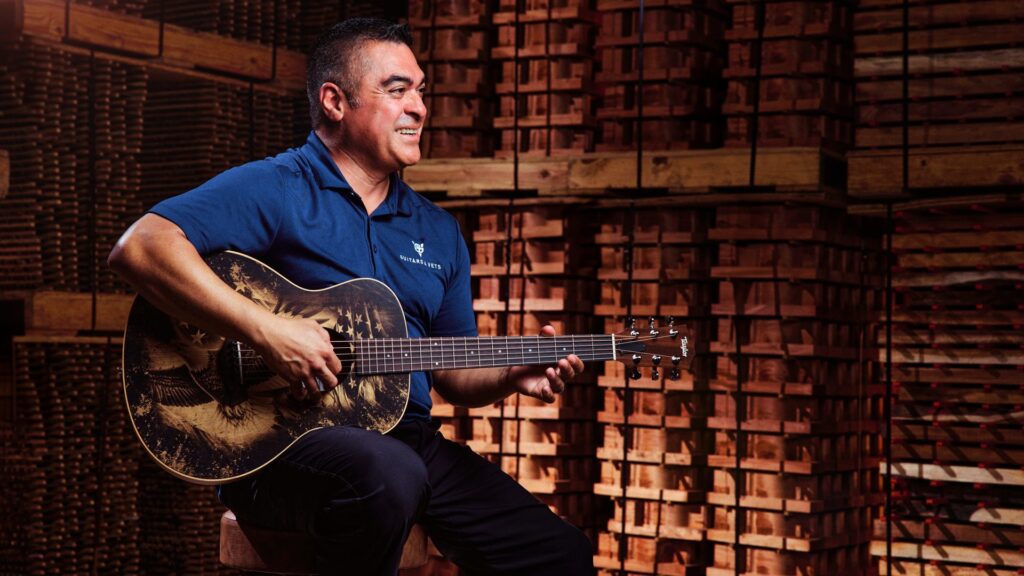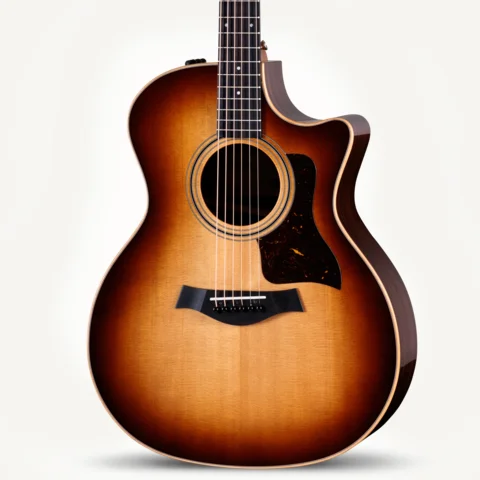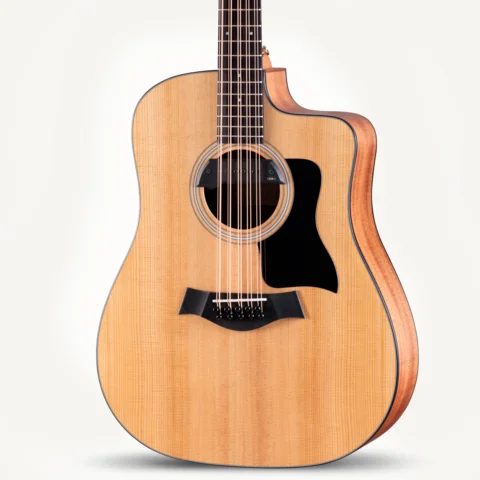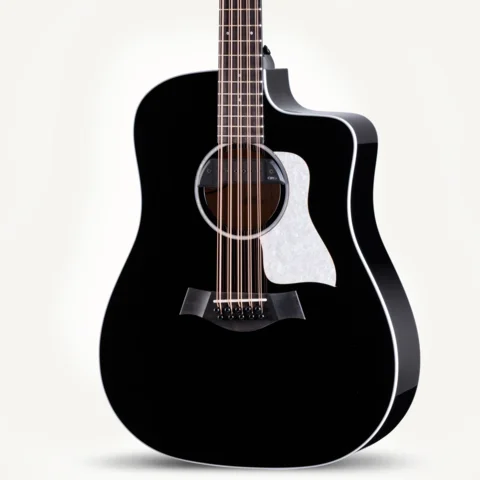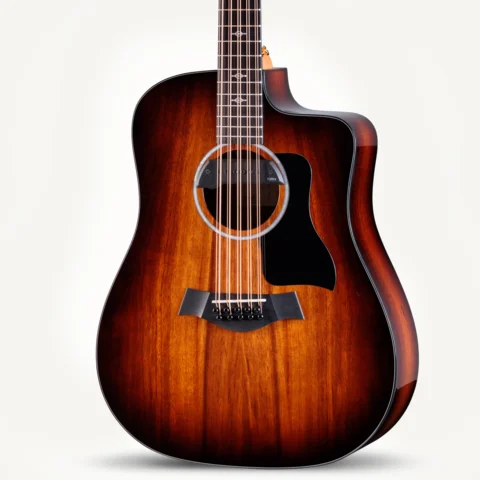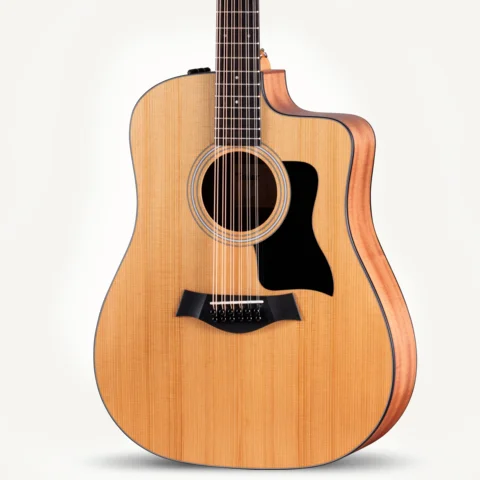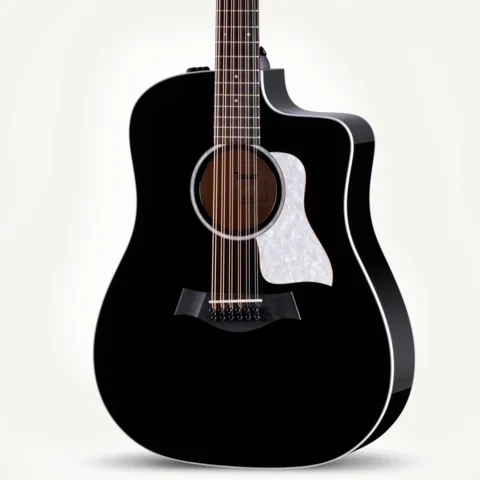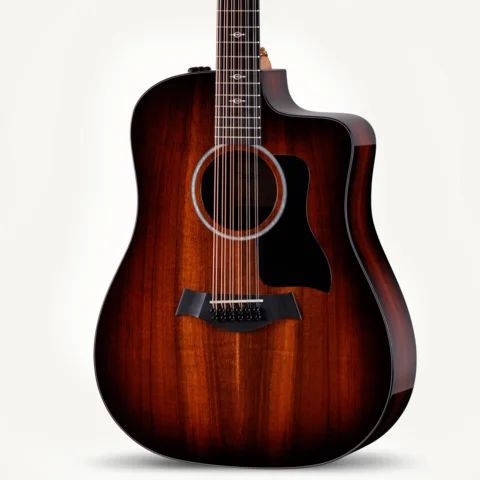Question: I have a new 814ce I ordered with a short-scale neck and Engelmann [spruce] top. Very nice! Can you explain why half the top appears to be a lighter shade of wood?
John C.
Answer: You bet, John. Imagine standing in a forest of spruce in Southeast Alaska, the rain water dripping down from the forest canopy into the soft moss on the ground. Think about looking up the trunk of that tall spruce tree that’s been growing for 500 years. Now, what you see is the trunk of the tree, the bark, and if you look closely you can see if the tree grew straight and without twist. Imagine discovering that the tree twists round and round, almost like the stripes on a barber pole. Some trees do this. Some have a lot of twist, some have a little, and a rare few have none at all. Those are the prized trees, but there aren’t many left in the world.
So, you pick the tree with the least twist. Now, you cut that log into two-foot lengths and split wedges from it to saw tops from. The wedges naturally have a twisted face. I hope that makes sense. Now you saw a straight piece off the face of that split wedge. What you’ll have is some grain running out the face of your cut because your saw cut a straight surface right through the twisted surface. Now cut a sister piece, the book-matched second piece of your top, and open it up like a book and glue the two together. When you look at that top, there is grain running slightly out of the face of both halves, but at different angles, so it catches the light differently. Look at your guitar and make a mental note of which half is lighter, and then rotate it 180 degrees, like from right side up to right side down, and you’ll notice that now the other half looks light. We call that “runout,” and it’s pretty normal. We allow up to about a half-inch of twist per foot of length of the tree trunk, and that will make a good guitar.



























